Paleo this and protein that and charcoal the other... What is it with all the food fads and why do they all cost so much money?
1. The great diet con
When it comes to food fads, ridiculous diets have been front and centre for hundreds of years. Our world is groaning under the weight of faddy notions that promise to keep us leaner and younger and more beautiful for longer and in the US alone, the diet industry is said to be worth more than $70 billion (€63bn) each year. Almost all that money is wasted.
Detox diets are where a big chunk of change is flushed away. Such diets are among the most ridiculous of faddy food trends because they promise to help us lose weight and detoxify our organs when they do nothing of the sort. The reality is that foods do not help bodies detox – organs do that and no amount of celebrity endorsements will change that fact.

While detox diets are stupid they might not be the stupidest diet fads that have ever appeared on our table. More than 100 years ago the world was enthralled by something called Fletcherism. It was invented by Horace Fletcher who said if people chewed every mouthful of every meal exactly 32 times they would lose weight. The programme was – obviously – nonsense although some people may have lost weight because chewing each mouthful of food 32 times must have seen them lose the will to eat any more.
Silly diets were not the preserve of bygone eras and they still come thick and fast. It isn't that long ago that Robert Atkins was said by Time magazine to be among the 10 most influential people in the world. Atkins invented his eponymously named high-protein/low carbohydrate diet in the 1970s but it only really became a big deal in the last years of the last century. The diet – so the narrative went – allowed people to eat almost all the meat, seafood, eggs and cheese and other proteins they wanted but no carbs and not too many vegetables. Through a strict observance the weight was said to fall off. Did it work? Sort of – at least in the short term but it also caused bad breath, tiredness, dizziness, insomnia, nausea and constipation and failed people in the long run.
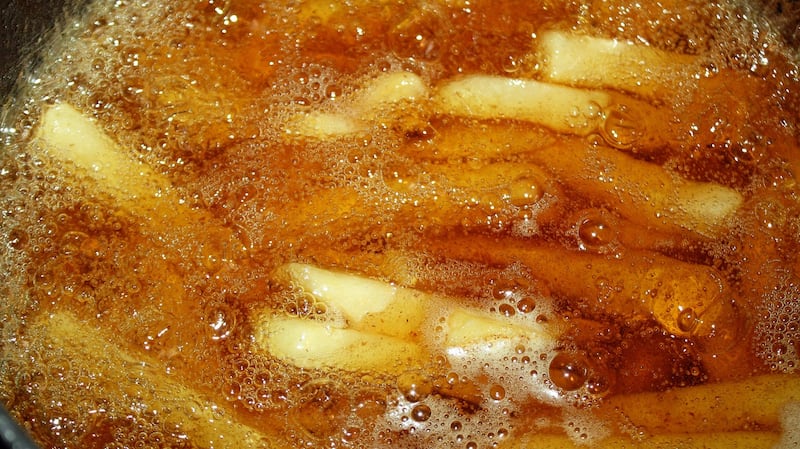
2. Fryer tuck
In the 1980s almost every home in Ireland seemed to fall in love with the deep fat fryer and we all sought to replicate the greasy chipper experience in our own homes every day of the week. They were certainly fast and sort of easy to use and deep fat fryers were able to cook almost everything but at what cost to our hearts, waist lines, skin and taste buds? They were also hard to clean and smelled pretty bad too if they were mistreated. They are still in use but are nowhere near as popular as they were in the 1980s. It many cases they have been replaced by the likes of the Tefal Actifry which uses hot air and a tiny amount of cooking oil to deliver a passable version of chips without the grease or the smell.
3. Gadgets Hell
There are scores of faddy foody things that promised to make our lives in the kitchen easier from the pressure cookers and SodaStreams of the 1970s to the spiralisers and the juicers of more recent years. But very few of them have delivered in the long term and the ones that have let us down all end up in that press in the kitchen where hope and ingenuity go to die.
4. Airline food on your couch
The idea of the TV dinner was sort of intoxicating – in much the same space age way as instant mash and rehydrated peas were. You could get a hot and healthy meal to eat while watching the telly in minutes with absolutely no washing up to do at the end of it all. And not only that, the TV dinner would sort of replicate the experience of dining on aeroplanes by dividing your food into handy little compartments. The only problem was they were just a little bit revolting and not very healthy. While people still eat in front of the telly and still eat a lot of ready meals – the TV dinners of times past are gone.
5. Meat free
Now, if you are vegan don't get cross. We know the path you are on is virtuous and we know you are making all sorts of sacrifices as a result of animal welfare concerns or concerns over the future wellbeing of the planet. And we are open to the idea that veganism is here to stay but when we see retailers and restaurants and manufacturers falling over themselves to hop on the plant-based bandwagon we can't help but think we are in the midst of a fad. It is possible to live a healthy and happy life by eschewing all animal products but it is very hard work and involves a lot more than just swapping out regular milk for an almond variety and cutting the sausages out of your diet. We suspect that many of the people who have declared themselves vegan in recent years will find themselves giving up when the going gets tough.
6. Doh! Nuts
Has there ever been a more mortifying moment in our history than when thousands of people appeared to lose the run of themselves in the queue outside that Krispy Kreme shop in Blanchardstown? It opened in September of last year and in its 12 months of trading here about 600,000 customers walked through the Krispy Kreme doors and bought around 6.6 million doughnuts making it the brand's most successful store opening internationally. Many of those doughnuts were likely sold in the early days when a sort of collective madness saw the shop swamped by queues of cars and people day and night with many of those standing in line clearly unclear as to why they were there. That is the thing about fads, though. They can be inexplicable.
7. Cups runneth over
And sometimes fads are very explicable. In an episode of Sex and the City which was broadcast in the US on May 10th, 1998, Carrie and Miranda spent 60 seconds sitting outside the Magnolia Bakery on Bleecker Street eating vanilla cupcakes and – we're guessing here – talking about Carrie's love life and how she was getting on with Mr Big or Aidan or whoever. As soon as the programme aired people were queuing outside the Magnolia Bakery to be like Carrie and within months the cupcake had unseated the humble bun in bakeries across the world including Ireland. But it couldn't last and the cupcake was in turn unseated by doughnuts or cronuts or whatever you're having yourself.
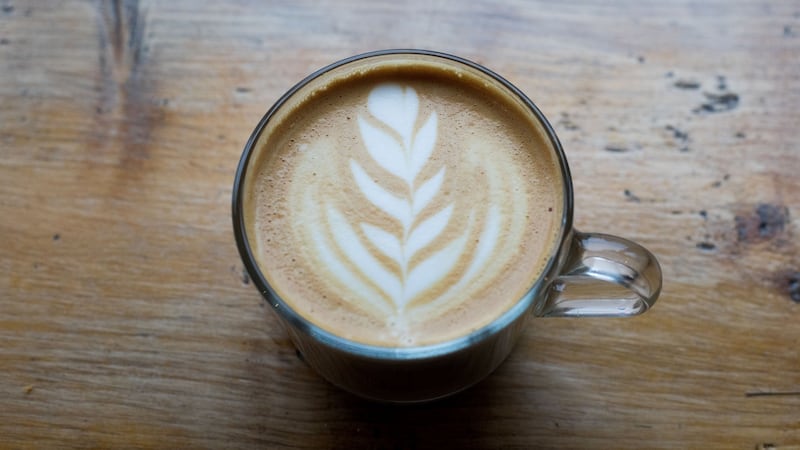
8. Leave my coffee alone
Coffee has been a particular target for the fad makers. In recent years, trendsetters have sold us coffee made from beans excreted by animals and have added butter to coffee and marketed it as way to get more energy while simultaneously shedding the pounds. Charcoal has also been added to lattes in order to make help us cleanse. One thing all the coffee fads have in common is the price. They are all ridiculously expensive.
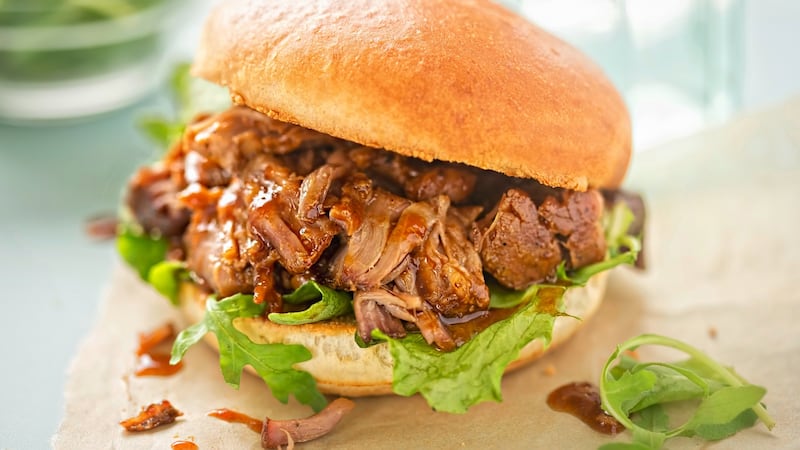
9. Pulled legs
Barely 10 years ago, pulled pork did not exist in Ireland. Then it was suddenly everywhere. What looked like a mushy mess of meat was selling in high-priced restaurants and low-rent delis. It was all a long way from the North Carolina towns where it used to be made using the shoulder of a pig cooked slowly over barbecue coals until it was soft enough to be "pulled" into shreds and doused in barbecue sauce. You can still find pulled pork around the place but it is nowhere near as common as it was five years ago.
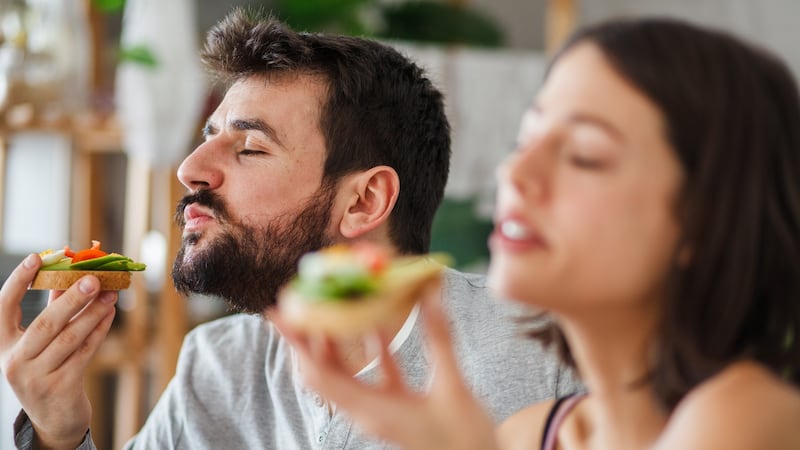
10. AvoFAD Oh
The same can't been said for the avocado. While this fruit has been eaten by some people for many thousands of years, it only reached this part of the world in recent times and only exploded in popularity over the last decade. Marks & Spencer was one of the first supermarkets in Ireland or Britain to sell "avocado pears" and when they first appeared on its shelves in 1968 they were so alien to shoppers that one customer tried to serve them as a dessert with custard. Since the start of this century global sales have climbed by more than 400 per cent and in excess of €5 billion worth of them are now consumed each year. So many patients cut themselves slicing the fruit that some trauma hospitals have coined the phrase "avocado hand" for the injury. The British Association of Plastic, Reconstructive and Aesthetic Surgeons have even called for a warning label to be put on avocados.
The fruit was a staple in central America for centuries but a luxury item in the US. Then in 1926, a Los Angeles farmer called Rudolph Hass created a variety of avocado tree which grew a sweeter juicier fruit that was easier to grow, store and transport. It became known – obviously – as the Hass avocado and was all conquering and it accounts for more than 90 per cent of the avocados eaten. In the 1960s the avocado became more popular thanks to the increasing popularity of Mexican food and it became even more popular again in the 1990s when Sydney chef and restaurateur Bill Granger added lime, salt and chilli flakes to the mix and put it on toast and charged people a tenner for it.
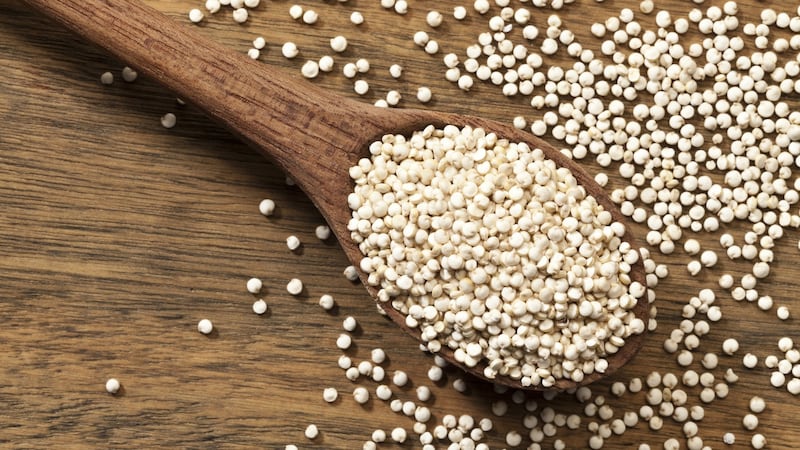
11. Quinoa
The Incas who lived in Peru, Chile and Bolivia happily grew and ate quinoa undisturbed for many hundreds of years. They had plenty of it to go around. Then it started being exported to the US only in the 1980s and in the early part of the 21st century it was discovered by foodies who decided it was better than wheat, couscous or rice. Suddenly, the newly classified superfood was everywhere. It is probably more healthy than other options and it tastes grand but the heightened global demand has put pressure on many South American farmers to keep up. Many of them can no longer afford to eat their staple. Just imagine how we'd feel if the hipsters of Portland stole all our potatoes?

12. Smells like protein spirit
Protein balls, protein bars, protein shakes, protein bread, protein coffee, protein water, protein Weetabix? Is there nothing we won't add protein to nowadays? Apparently not. And it is not hard to see why. "When the Box Says 'Protein', Shoppers Say 'I'll take it'" ran a headline above a Wall Street Journal article which was published six years ago and if anything our desire to have protein with everything has only intensified since then. The global protein supplements market is now valued at more than $12.4 billion each year. We do need protein but do we need so much of it to come from artificial sources and do we need to pay quite so much for it?
13. Palee oh no
Who decided that it was a good idea to build entire diets around what our ancestors ate eaten during the Paleolithic era which stretched from about 3 million to 10,000 years ago. While there is nothing wrong with a diet which is made up of meats, fish, fruits, vegetables, nuts and seeds – the food that could be sourced through old-school hunting and gathering – there is something wrong with slapping the prefix "paleo" on to something and then charging us a premium for it. And we're not mad about a programme that cuts out things such as cheese and bread. And apart from all that what was the life expectancy of the people who actually invented the paleo diet? Not many of them lived beyond the age of 30.











